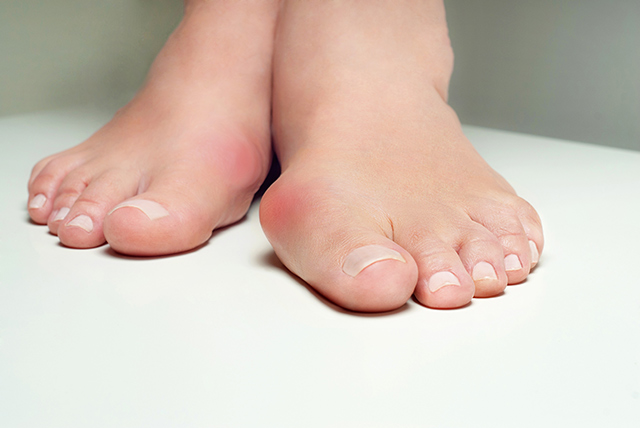Big Pharma pills and heroin responsible for more than half of drug overdoses
11/06/2015 / By Julie Wilson

Drug overdoses are now the leading cause of injury and death in the United States, with prescription drugs and heroin being responsible for more than half of those deaths, according to statistics from the year 2013, the latest numbers made available by the Drug Enforcement Agency (DEA).
Drug overdoses surpassed motor vehicle-related fatalities, with gun-related deaths coming in as the third leading cause of injury death in the U.S.
Deaths from drug overdoses have quadrupled since 1999, with six in 10 Americans now taking at least one prescription drug, according to a new study conducted by the U.S. Centers for Disease Control and Prevention (CDC) and published in the Journal of the American Medical Association.
Fifteen percent are taking five or more prescription drugs, according to the data, which was collected in 2011 and 2012 by the National Health and Nutrition Examination Survey.
Americans are the bread and butter when it comes to profits made by the world’s biggest pharmaceutical companies.
They account for 99 percent of the world’s hydrocodone (Vicodin) consumption, 80 percent of the world’s oxycodone (Percocet and Oxycontin) consumption and 65 percent of the world’s hydromorphone (Dilaudid) consumption, according to Drug Watch.
DEA names prescription drugs one of the biggest threats to Americans
The DEA admitted that prescription drugs and heroin are the most significant threats to Americans, yet failed to comment on the large number of individuals taking pharmaceutical drugs, many of which carry a host of mind-altering side-effects, including suicidal and homicidal behavior, violence, anger, irritability and depression.
Mother Nature's micronutrient secret: Organic Broccoli Sprout Capsules now available, delivering 280mg of high-density nutrition, including the extraordinary "sulforaphane" and "glucosinolate" nutrients found only in cruciferous healing foods. Every lot laboratory tested. See availability here.
The prescription drug proving to be the most troublesome for users are prescription opioids, which are responsible for 44 overdose-related deaths in the U.S. each day, according to the CDC. Those aged 25 to 54 were most affected by opioid overdoses between 1999 and 2013.
However, those aged 55 to 64 exhibited a seven-fold increase in opioid-related deaths during the same time period, illustrating that prescription drug overdoses are affecting the majority of the population in the U.S.; non-Hispanic whites are the demographic most affected.
CDC: Prescription opioid overdoses kill 44 people each day
While men are more affected by opioid-related deaths, women are closing the gap as prescription painkiller overdoses increased more than 400 percent from 1999 to 2010 among women, reports the CDC.
In 2013, out of the nearly 44,000 Americans who died of drug overdoses, nearly 23,000 were caused by prescription drugs. Of the nearly 23,000 deaths caused by prescription drugs, about 16,000 involved opioid painkillers and nearly 7,000 were caused by benzodiazepines or benzos.
Benzos belong to a class of psychoactive drugs, including Xanax, Lithium, Valium and Clonazepam, used to treat a wide variety of conditions including anxiety, insomnia, bipolar disorder and schizophrenia.
As illustrated by the number of overdoses related to them, benzos are highly addictive and not recommended to be taken for long periods of time. Their effects are greatly enhanced by alcohol and can lead to erratic behavior when combined.
People who died from drug overdoses in 2013 often had a combination of both opioids and benzos in their system, says the CDC.
Prescription drug abuse costing the nation a fortune
Drug overdoses are also taxing on community emergency services as 1.4 million out of 2.5 million emergency room visits were a result of prescription drugs, with the majority of them involving anti-anxiety and insomnia medications.
More than 400,000 ER visits were related to opioids.
“In the United States, prescription opioid abuse costs were about $55.7 billion in 2007. Of this amount, 46% was attributable to workplace costs (e.g., lost productivity), 45% to healthcare costs (e.g., abuse treatment), and 9% to criminal justice costs,” according to the CDC.
Sources:
Tagged Under: Benzodiazepines, Big Pharma, Injury death, Opioids, Overdoses, Prescription drugs




















